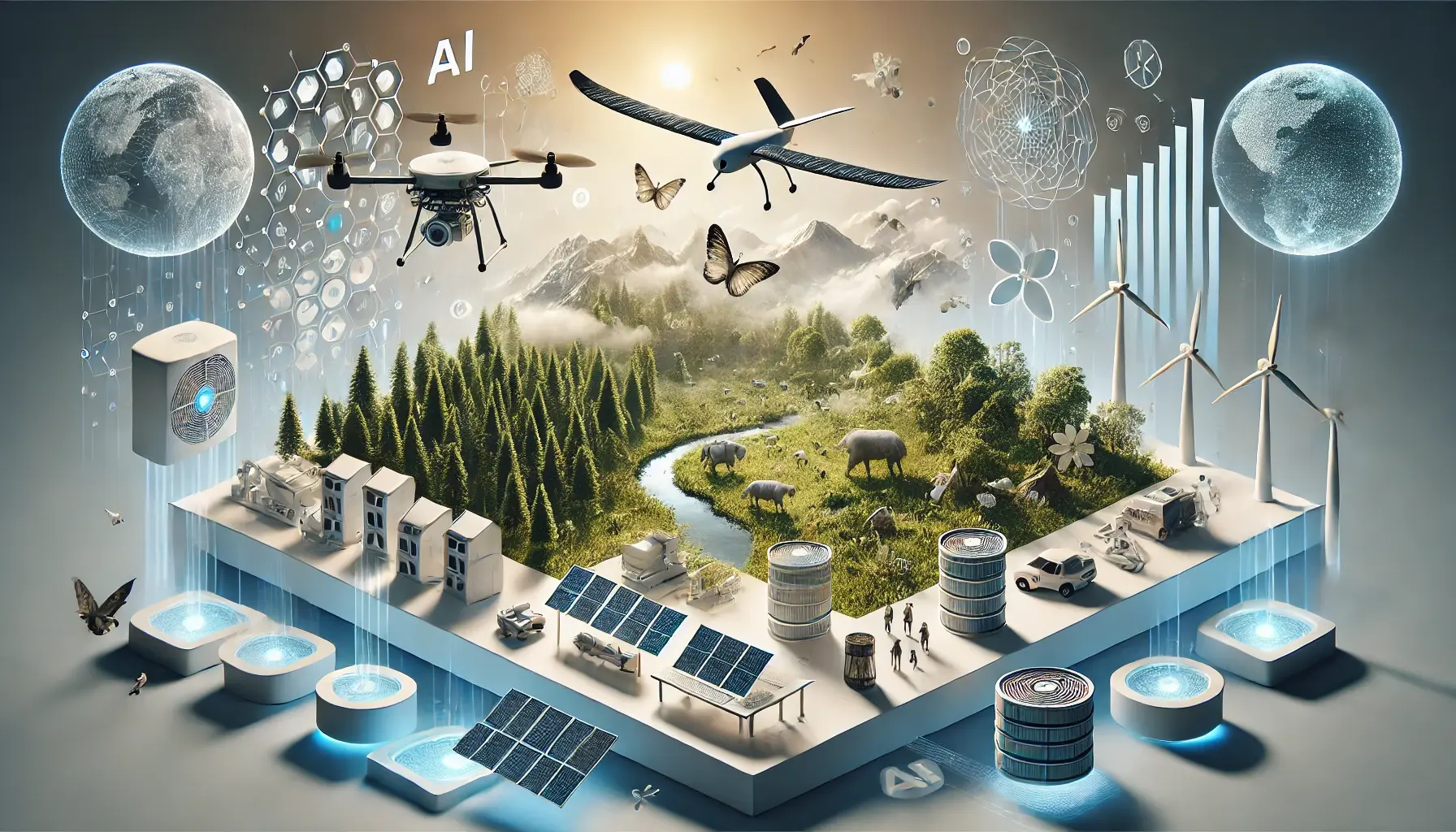Artificial intelligence can greatly impact how we interact with and protect our environment. However, as with any powerful technology, AI can have both positive and negative impacts on the environment. This article focuses on conservation, environmental monitoring, energy consumption, and e-waste.
Conservation & Wildlife Protection
AI has proven its value in the fight to preserve biodiversity and endangered species. Drones and camera traps equipped with machine learning algorithms can track wildlife populations and detect illegal activities such as poaching. These systems can operate in remote and hard-to-reach areas, providing real-time data and alerts to conservationists and authorities. For instance, AI can analyze images and videos captured by camera traps to identify different species and even individual animals, helping researchers monitor population sizes and health. In anti-poaching efforts, AI algorithms can detect suspicious behavior and movements, allowing for rapid intervention to prevent poaching incidents.
Environmental Monitoring
AI algorithms can analyze data from satellites, sensors, and other sources to check air and water quality, track deforestation, and predict natural disasters. This helps organizations to take proactive measures to protect the environment. For example, AI can analyze satellite imagery to detect changes in forest cover, helping to identify areas of illegal logging or land-use change. AI can also predict the occurrence of natural disasters such as floods, hurricanes, and wildfires, allowing for better preparedness and response strategies.
High Energy Consumption
One of the most significant environmental drawbacks of AI is its high energy consumption. Training large AI models requires substantial computational power, which translates into high electricity use. Data centers that have the servers and infrastructure for AI operations are energy-intensive, particularly if they rely on non-renewable energy sources. AI has a significant carbon footprint. Training a single large AI model can emit as much carbon dioxide as several cars over their entire lifetimes. As AI technology continues to advance and its applications expand, the demand for computational resources is likely to increase, further increasing the environmental impact.
AI E-waste
Rapid advancement of AI technology drives the need for specialized hardware, such as graphics processing units (GPUs) and application-specific integrated circuits (ASICs). This leads to frequent hardware upgrades and a shorter lifespan for devices, contributing to electronic waste (e-waste). This poses environmental and health risks due to the presence of hazardous materials such as lead, mercury, and cadmium. Improper disposal of e-waste can lead to soil and water contamination, affecting ecosystems and human health. Furthermore, the extraction of rare earth metals required for AI hardware can result in environmental degradation and habitat destruction.
Conclusion
AI can contribute in the fight to protect and preserve our environment. From enhancing conservation efforts to monitoring the environment, AI offers numerous benefits. However, it is crucial to remember the environmental costs associated with AI, such as high energy consumption and e-waste. By adopting sustainable practices, investing in energy-efficient technologies, and implementing regulations, we can harness the power of AI while minimizing its negative impact on the environment. The challenge lies in balancing the promise of AI with its pitfalls, making sure that we use this technology responsibly for our planet.

